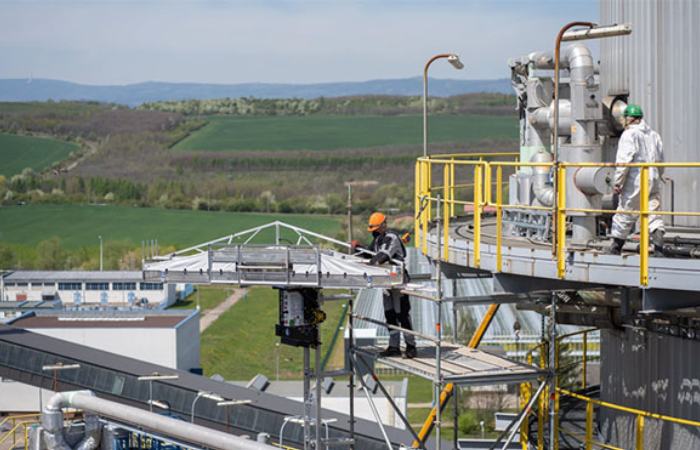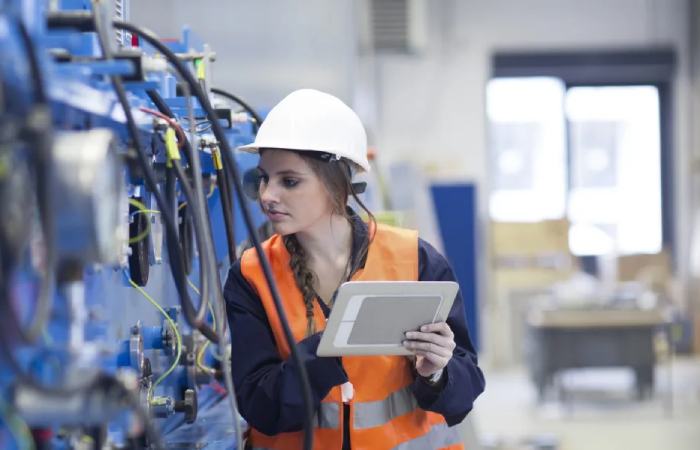Roboflow Series
Table of Contents
Introduction
Roboflow is a based startup developing tools for building computer vision models; today announced, it has raised $20 million in a series A round led by Craft Ventures. It brings the company’s total raised to $22.2 million, and CEO Joseph Nelson says the money will be put toward ongoing product development and hiring efforts.
According to Grand View Research, the global computer vision industry stood estimated to be worth $11.32 billion in 2020. But while the technology has obvious enterprise applications — computer vision algorithms can remain trained to perform tasks like spotting gas leaks, counting pills, and monitoring workplaces to enforce social distancing — companies can face barriers to leveraging it in production. Teams often remain faced with rebuilding software infrastructure and attracting machine learning expertise.
Dev-Focused Platform
With Roboflow, customers can annotate images while assessing the quality of datasets to prepare them for training. The platform lets developers experiment to generate new training data and see what configurations lead to improved model performance. Once training finishes, Roboflow can deploy the model to the cloud, edge, or browser and monitor the model for edge cases and degradation over time.
Roboflow competes with CrowdAI and Chooch, among others, in the growing computer vision development of tools market. But Roboflow claims to have over 50,000 users, including engineers in half of the Fortune 100 companies, plus startups, universities, and hardware companies. Clients include Pfizer, Walmart, Amgen, and Cardinal.
AI-Powered Visual Inspection Platform Raises $10M
Computer vision, which deals with how computers can understand objects in images, is a rapidly growing subfield of AI. According to a 2021 IDG survey, 37% of organizations have definitive plans to implement computer vision, while 44% say they’re investigating the technology. The computer vision market could grow from $10.9 billion in 2019 to $17.4 billion by 2024 if the current trend continues, as external investments in computer vision startups surpasses $3.5 billion.
Manufacturing companies have shown a particular interest in computer vision for its ability to detect anomalies during production. Respondents to the IDG survey said that they planned to adopt computer vision to minimize tedious, expensive, or dangerous work. McKinsey found that AI-powered quality inspection can increase productivity by up to 50% and defect detection rates by up to 90% compared with manual review.
Detecting defects with AI
When production issues occur, manufacturers must deal with delays, wasted material, and inspection labour. It remains estimated that defects cost manufacturers billions of dollars annually, and a Vanson Bourne study found that 23% of unplanned downtime in manufacturing results from an error.
Overview, founded in 2018 by a group of former Tesla engineers, offers a product that interfaces with existing factory lines, pairing software with off-the-shelf cameras to track defects. While overseeing the development of Tesla’s Gigafactory in Reno, Nevada, Overview cofounders Chris Van Dyke and Austin Appel say that they found that the data they needed to build products and processes was “often difficult to come by. The two launched Overview to solve the challenge and bring AI inspection systems to any factory.
Overview’s technology combines cameras, data, and algorithms using what Van Dyke refers to as “stations. Operators can manually control stations or run them automatically. Allowing users to inspect products at higher speeds or catalogue shipments for damage disputes.
Computer Vision Growth
While computer vision has the potential to cut down on manufacturing errors (assuming it doesn’t suffer from significant bias). Companies have been slow to embrace the technology. Even with the advent of AI-powered inspection products from tech giants like Google. Computer vision hasn’t passed the “awareness phase,” with the IDG, as mentioned earlier. A survey finding that only 10% of organizations are using computer vision as of July 2021.
But Blumberg’s Stanton Green believes that Overview’s. Architecture can abstract away the data science legwork in a way that might appeal to manufacturing customers. Who were previously wary of adopting the technology.

